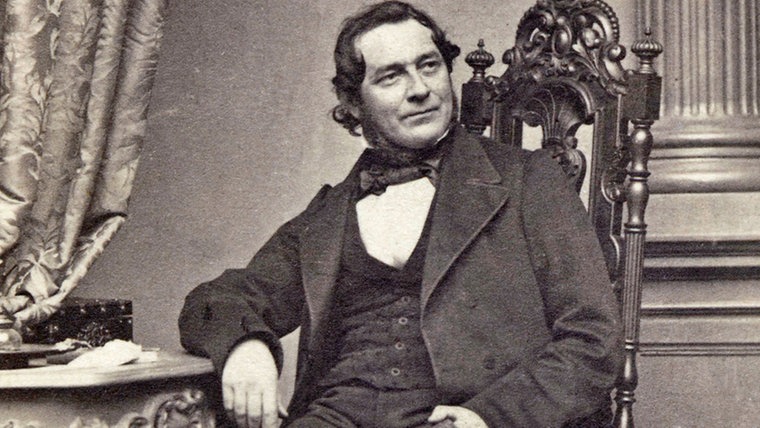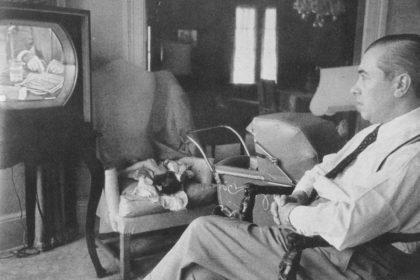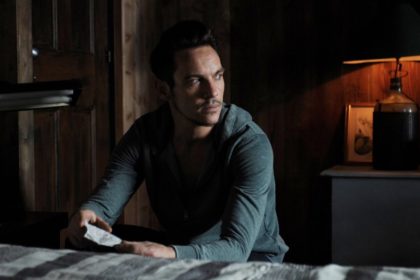Robert Wilhelm Eberhard Bunsen was a German chemist. He investigated emission spectra of heated elements, and discovered caesium and rubidium with the physicist Gustav Kirchhoff. Take a look below for 27 more fascinating and interesting facts about Robert Bunsen.
1. Bunsen developed several gas-analytical methods, was a pioneer in photochemistry, and did early work in the field of organoarsenic chemistry.
2. With his laboratory assistant, Peter Desaga, he developed the Bunsen burner, an improvement on the laboratory burners then in use.
3. The Bunsen-Kirchhoff Award for spectroscopy is named after Bunsen and Kirchhoff.
4. Bunsen was born on March 30, 1811, in Gottingen, Westphalia, Rhine Confederation to Christian Bunsen and his wife, as the youngest of four sons.
5. His father was the University of Gottingen’s chief librarian and professor of modern philology while his mother was the daughter of a British-Hanoverian officer.
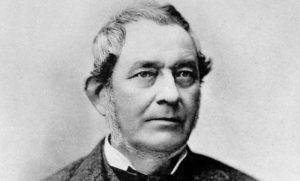
6. He graduated from the Gymnasium at Holzminden in 1828 following which he joined the University of Gottingen where he studied chemistry, physics, mineralogy and mathematics.
7. Bunsen was educated under the guidance of teachers such as Friedrich Stromeyer, Johann Friedrich Ludwig Hausmann, and Carl Friedrich Gauss.
8. He completed his doctorate in 1831 and spent the next couple of years travelling in Germany, France and Austria.
9. His journeys were enriching ones and he met several prominent scientists including Friedlieb Runge, Justus Liebig, Eilhard Mitcherlich, Henri-Victor Regnault, Theophile Pelouze, and Ceasar Despretz.
10. In 1831, he earned his PhD and spent two years traveling and studying in Germany, France and Austria.
11. During his travels, he met Friedlieb Runge, who had discovered aniline and isolated caffeine.
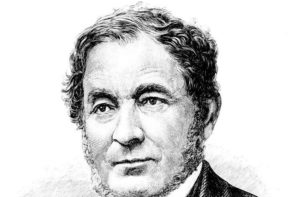
12. In 1833, Bunsen became a lecturer at the University of Gottingen.
13. While at the University of Gottingen, he experimented with the metal salts of arsenous acid.
14. He discovered that iron oxide hydrate will precipitate arsenic and it’s still in use as an antidote to arsenic poisoning.
15. From 1836 to 1839, Bunsen taught at the Polytechnic School of Kassel.
16. He accepted an associate professorship at the University of Marburg, where he became a full professor in 1841.
17. Bunsen continued his experiments with cacodyl derivatives.
18. A cacodyl explosion left Bunsen blind in his right eye.
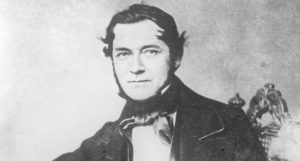
19. In 1841, he invented the Bunsen cell battery, which replaced the expensive platinum electrode with carbon.
20. In 1851, he was a professor at the University of Breslau.
21. In 1852, he became a professor at the University of Heidelberg, where he continued his experiments on the electrolysis of metals.
22. Using electrolysis, he was able to produce pure forms of chromium, magnesium, aluminum, sodium, barium, calcium and lithium, among others.
23. In 1855, he and his assistant, Peter Desaga, perfected the Bunsen burner, a laboratory gas burner with a hot, clean flame.
24. He and his associate, Henry Enfield Roscoe, discovered the reciprocity law which states that there is an inverse relationship between the intensity and duration of light which determined the reaction of light sensitive materials.
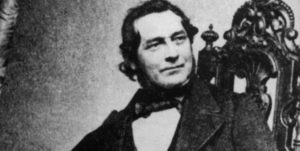
25. In 1859, he continued his work on spectrum analysis with Gustav Kirchhoff.
26. In 1859, Bunsen and Kirchhoff invented an early spectroscope.
27. In 1877, Bunsen and Kirchhoff shared the Davy Medal for their researches and discoveries in spectrum analysis.
28. Bunsen never took out a patent, preferring that his discoveries be used for the benefit of mankind.
29. He was made a corresponding member of the Academie des Sciences in 1853, and a foreign member in 1882.
30. In 1860, Bunsen was elected a foreign member of the Royal Swedish Academy of Sciences. The same year, he received the Copley Medal from the Royal Society of London.

